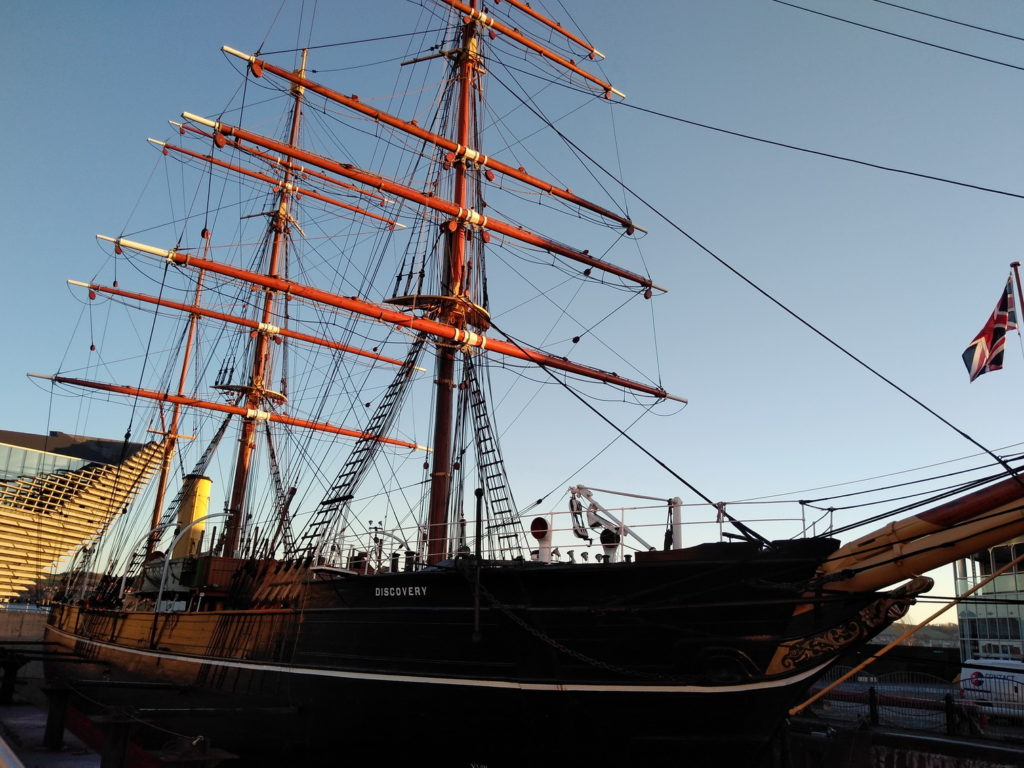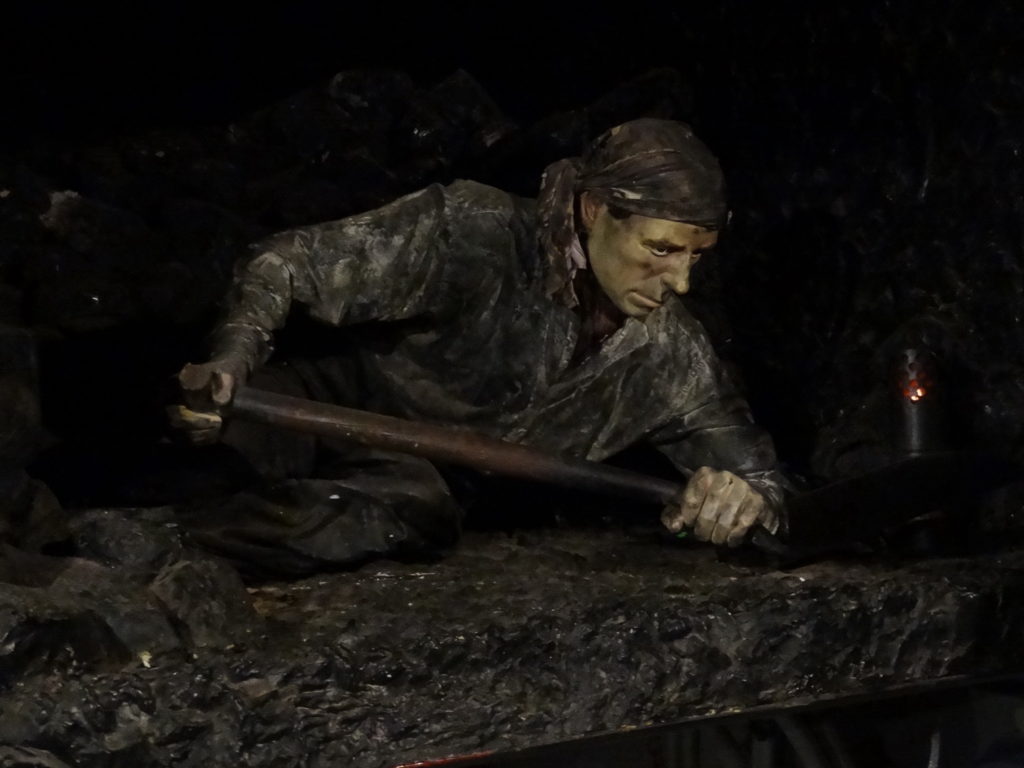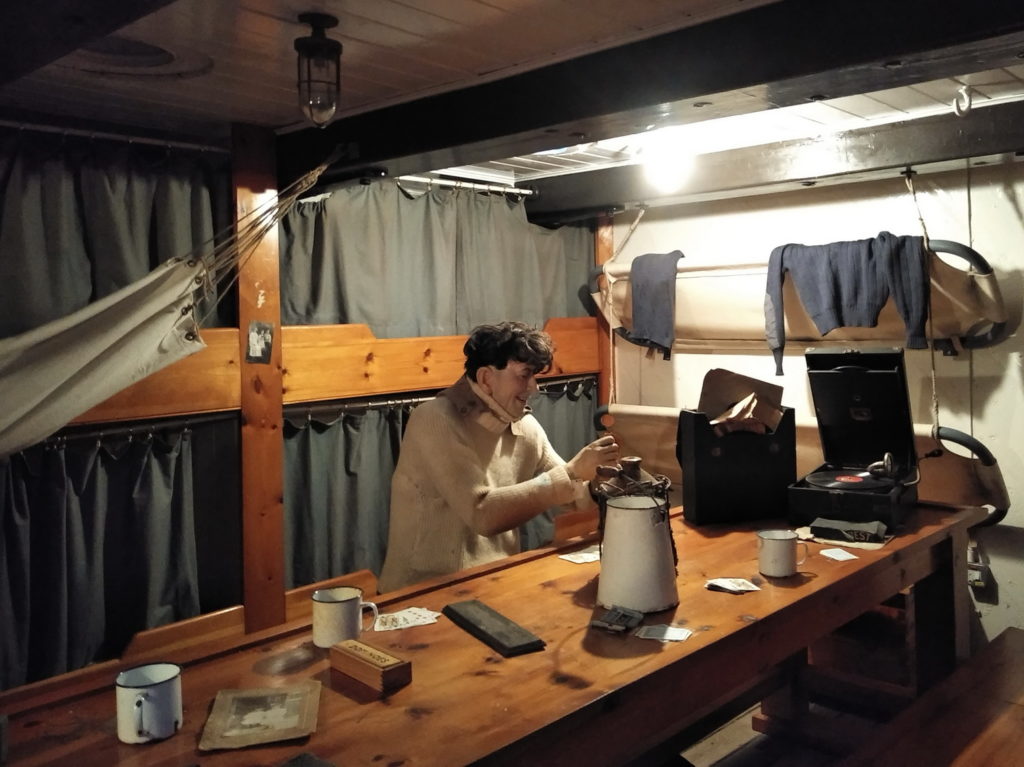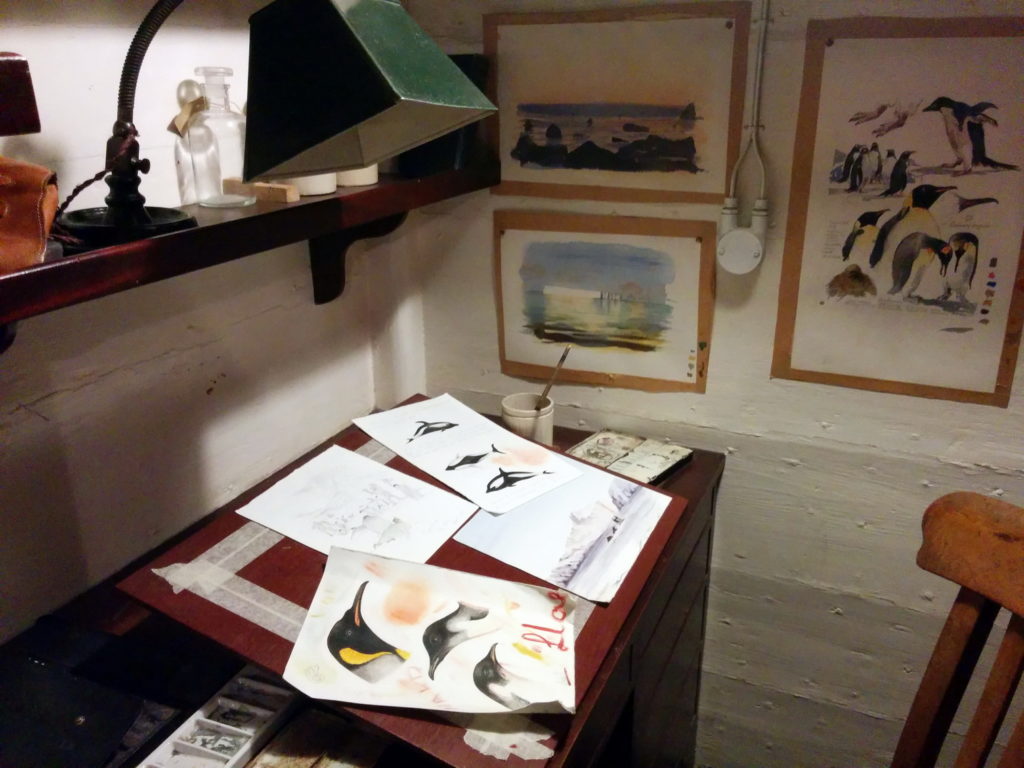The Dundee Leak – A visit to the beginnings of Antarctic Research Expeditions
In pleasant anticipation of the Antarctic expedition in March 2019, our first journey took our 12 polar explorers 16 kilometres north, to the city of Dundee. As a maritime city, Dundee has been shaped strongly by the fishing and whaling industry in the 18th and 19th century and presents the home port for the first Antarctic research ship, the RRS Discovery.

Together with our charismatic tour guide Ali, we put ourselves into the shoes of a keen scientist in the early years of the past century, embarking on the British National Antarctic Expedition to a yet unknown continent, which is still known as one of the most hostile places in the word.
Under the command of Captain Robert Falcon Scott the RRS Discovery was launched in 1901 to discover the Antarctic while being locked in the Antarctic ice for two consecutive winters. But as on such expeditions, not everything went as smoothly as expected. Due to a cold austral summer, Scott and his crew stayed locked in a 20-mile ice sheet and two relief ships, saws and explosives were needed to free the Discovery from the cold grip of the sea ice.
 On our tour around the 118- year old ice breaker, Ali vividly painted the daily life of the 12 officers and the the 36 crew members on board, which was by any means much harsher than our 10-day journey on the MV Plancius is going to be. There were two toilets on deck, called caddies, which were shared amongst the officers and the crew. Shifts were held in a 4-hour routine, and hammocks were shared accordingly. One crew member would spend his shift in the crow’s nest, a beer barrel raised 10 m above the deck with a beam which could tilt up to 47° in rough sea conditions. Further, as an auxiliary steamship, the Discovery required a trimmer who would work in the coal bunkers of the ship balancing the coal to prevent the ship form capsizing. Fortunately, our shifts won’t be nearly as long and not in such exposed and noxious environments!
On our tour around the 118- year old ice breaker, Ali vividly painted the daily life of the 12 officers and the the 36 crew members on board, which was by any means much harsher than our 10-day journey on the MV Plancius is going to be. There were two toilets on deck, called caddies, which were shared amongst the officers and the crew. Shifts were held in a 4-hour routine, and hammocks were shared accordingly. One crew member would spend his shift in the crow’s nest, a beer barrel raised 10 m above the deck with a beam which could tilt up to 47° in rough sea conditions. Further, as an auxiliary steamship, the Discovery required a trimmer who would work in the coal bunkers of the ship balancing the coal to prevent the ship form capsizing. Fortunately, our shifts won’t be nearly as long and not in such exposed and noxious environments!

The men were served three cooked meals a day, which required a lot of food to be taken onboard! Although the ship restocked its food supplies in New Zealand, the crew experienced shortages of fresh food while frozen into the Antarctic sea ice. Due to what was known as the ‘Dundee leak’ (i.e. sea water seeping in), the food condition was checked daily, as the ship’s doctors feared ‘poisoned food’ to cause scurvy. Therefore, penguin and seal became part of the menu, which indeed prevented scurvy, but other than thought, due to the flesh’s high vitamin C content. More than 500 animals were recorded on the menus which were printed every single day to create some sort of normality on the ship.

Besides the well-recognised Captain Scott and the hard-working crew, scientists Reginald Koettlitz and Edward Wilson certainly contributed a lot to the journey’s success. As a physician and biologist Reginald Koettlitz grew the first crops on Antarctic soil, developed the first coloured photographs of the continent and performed the first surgery using anaesthetics in this remote and hostile environment. As a zoologist and artist Edward Wilson, drew many excellent portraits of Antarctica’s natural inhabitants, which were published in the ship’s onboard magazine, the ‘South Polar Times’. This and further research on later expeditions of the Discovery and other ships helped to better understand the nature of the Antarctic ecosystem, which is a process still ongoing today.

We are proud and excited to become part of this undertaking in little less than 6 weeks’ time and are keen to capture and report on our Antarctic experience in the form of own stories and coloured photographs on this blog!
** written by Antonia **
